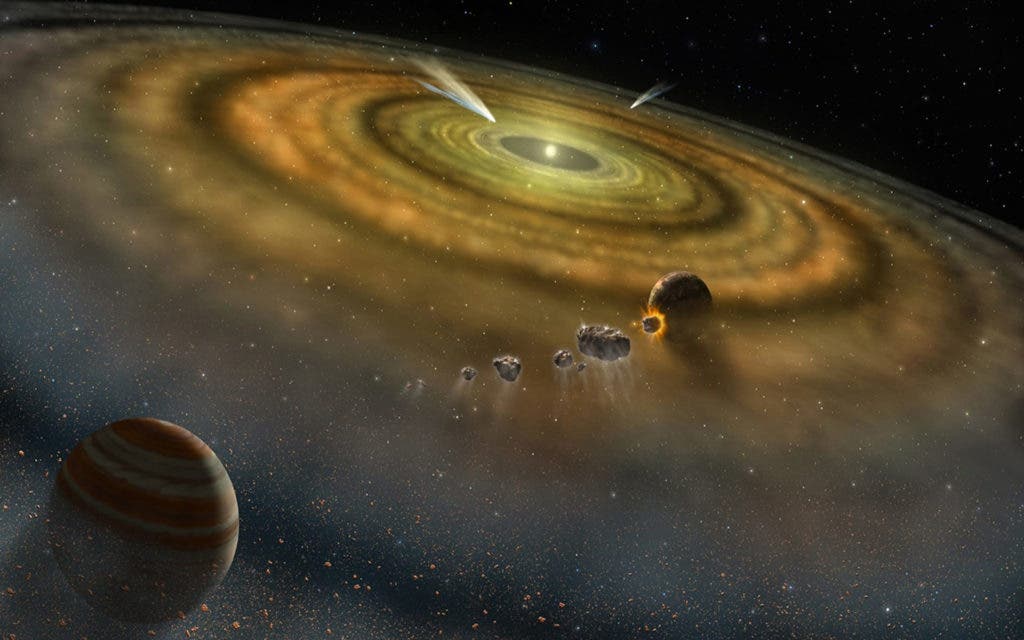Similar to how stars are formed, the most popular theory among today’s scientists regarding the creation of planets is that they are a result of a nebula breaking down. During the long evolution of the deteriorating gaseous cloud, the nebula transforms into a structure called a protoplanetary disk, with a newly-formed star at its center. Such a disk provides a place of incubation for developing planets.
Just recently, for the first time on record, young planets-to-be (also referred to as protoplanets) developing in one of these protoplanetary disks were actually “weighed”. Several scientific papers published earlier this month as inclusions in the Astrophysical Journal Letters discuss a new mode of operation which can be employed to calculate various physical attributes of these protoplanets. It’s also rather accurate and dependable.
One group of astronomers headed by Richard Teague was responsible for the discovery of two young planets having a mass close to the size of the mass of Jupiter, the largest planet in our solar system. The two bodies orbit a star which has been labeled HD 163296. This four-million-year-old ball of burning gas is still a youngster as a star the size of our Sun would have a normal life expectancy of about 10 billion years and beyond.
But a separate party of scientists, this one based in Australia and headed by Christophe Pinte, was also spending time examining the same system. They noticed a third protoplanet in a revolution around the very same star. However, the finding attributed to Pinte’s team was a young planet nearly twice as massive as the gas giant Jupiter.
Both of the teams employed data from the Atacama Large Millimeter/submillimeter Array (ALMA). This is a system of radio telescopes located in Chile, South America. The two teams of astronomers closely examined the motion of the nebulous gas. Both managed to develop a process of measuring the gas’s velocity by observing the change in the wavelength of light emitted by carbon monoxide molecules.
The gravitational pull of a planet would best explain the gaseous movements. Richard Teague thinks this method of measurement could be used effectively in observing many other stars and protoplanets. In this way, he hopes scientists will be able to discover what types of protoplanets are most common in the cosmos.










